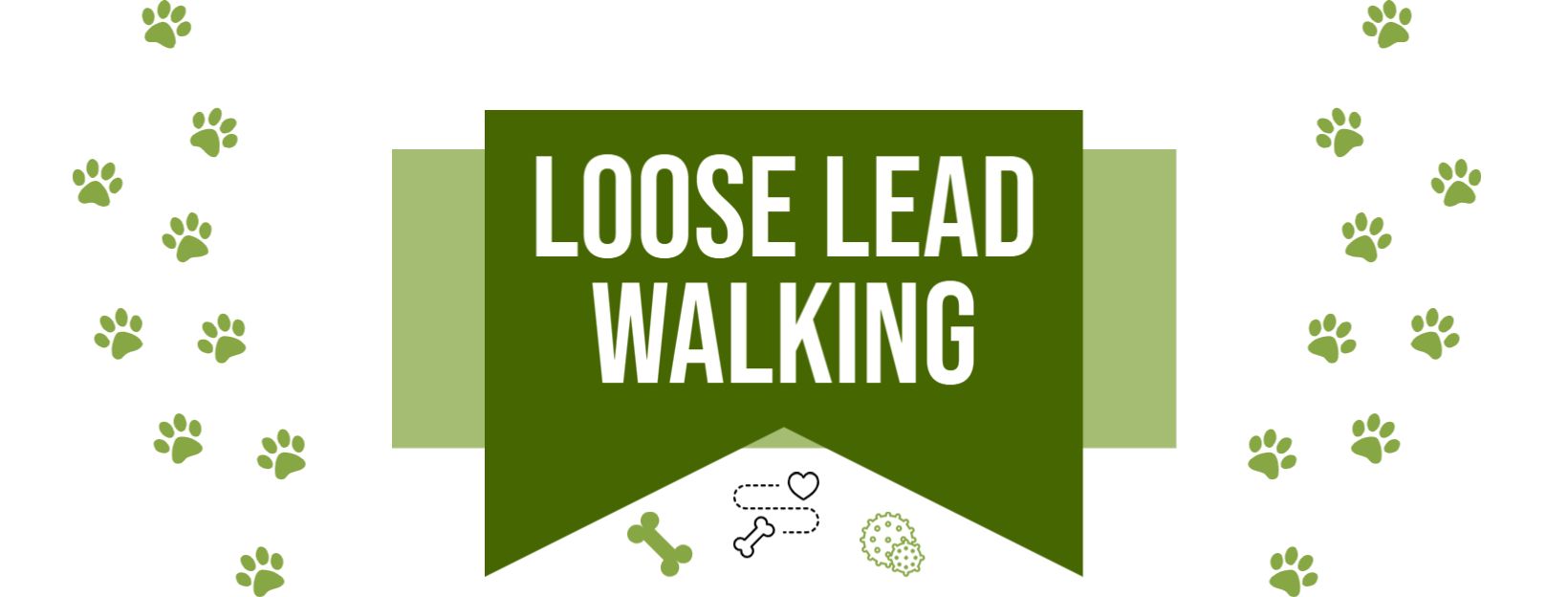
Walking on a Loose Leash
On a lead does not necessarily mean under control. If your dog pulls, lunges, zigzags, trips you up, sniffs, drags behind, jumps up, barks etc. this is not under control.
It’s important to have control of your dog on a leash whether it is a large or small breed.
Walking on a Loose Leash:
- Lure your dog round to your side to face forwards sitting down next to you
- Reward when in position
- Hold a treat by your side to get your dog’s attention
- Move 1 step forwards, keeping your dog’s attention on you and him moving next to you, and stop
- Reward him for remaining next to you and not rushing in front
- Repeat until consistent
- Gradually increase the number of steps you take before the reward
- When you reach about 5-6 steps, reward intermittently for not pulling
Walking on a Loose Leash – with distractions
Walking on a loose lead in your house or around the garden is easy once you and your dog have learnt the basic pattern of following your hand each step on a loose lead. This is because in your house and garden, YOU are the most interesting, exciting thing going on. Unfortunately on a walk, there are sniffs and smells, other dogs and animals, people, traffic and allsorts of things that are more interesting for a dog.
When you start to introduce distractions, start off small and build up to more exciting distractions. Begin by going on walks at quieter times and to quieter areas. Don’t walk past other people and dogs really close by and expect your dog to stay with you for that treat yet. Begin walking past with a few metres between you, and slowly decrease the distance away from them.
Also when you know there is a potentially big distraction coming up, help your dog out by stopping and asking them to sit and wait whilst it goes past. It is easier for them to control themselves when still rather than moving. Use more treats in quick succession to help with their focus.